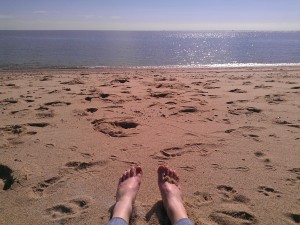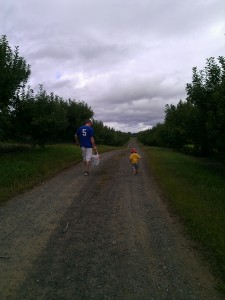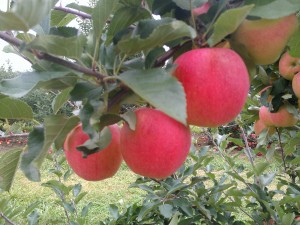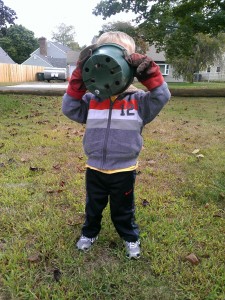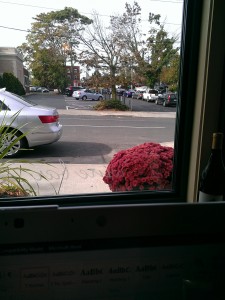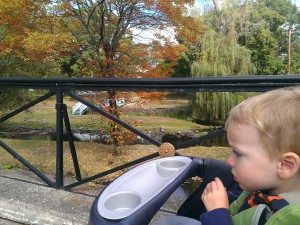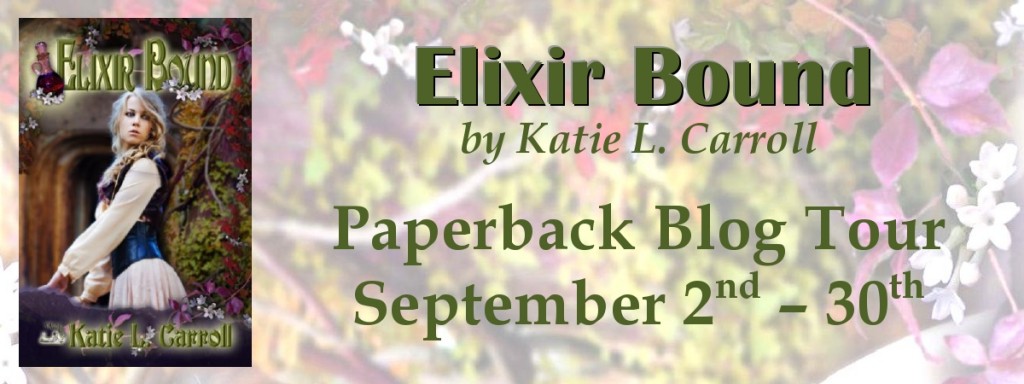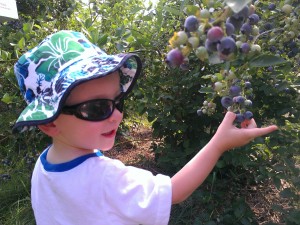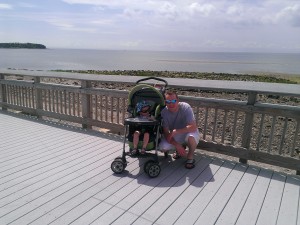Please welcome back Priscilla Brown, author of the contemporary romances Anna and the Soap Opera (see my Goodreads review here) and Nothing But Love. Alpacas play an important role in Anna and the Soap Opera, and when I found out Priscilla actually owned alpacas, I just had to learn more about these adorable creatures. Welcome, Priscilla!
 I didn’t know I was looking for a story idea when I saw a newspaper advertisement for a seminar on alpaca farming. But as I read the information, a plot began to form in my head: he owns an alpaca stud and the local council wants his land for development of some kind.
I didn’t know I was looking for a story idea when I saw a newspaper advertisement for a seminar on alpaca farming. But as I read the information, a plot began to form in my head: he owns an alpaca stud and the local council wants his land for development of some kind.
Attending the seminar sparked my interest in these charming animals; the next stop was the alpaca exhibition at a country show. There, I fell in love. She was young, pretty, friendly, with fine black fleece, and she was for sale. My suburban backyard being no place for an alpaca, I negotiated agistment with the owner. Deal done, this excited writer turned alpaca owner began a new journey.
I bought a second young female, and through my visits to my huggable investments, my interest and knowledge increased. These animals are intelligent and curious, with individual personalities and mostly nice natures. My girls (they are referred to as girls and boys) let me hug them; they are soft and warm. I helped at shearing by collecting and separating the shorn fleeces, which taught me about quality. My two alpacas matured, were mated, and had crias; my small herd expanded.
As I spent time with them, the alpaca stud story developed. I sat in the paddocks absorbing the ambience of the peacefully grazing animals, making notes and jotting down possible scenarios. Much of this did not get into the final narrative, as I reminded myself this story was a romance, not a treatise on alpacas. There were two occurrences which I was particularly fortunate to witness; while they did not fit into the plot, they did feed into my overall experience. The first was a birth; she was a first-time mother, and while naturally protective of the cria (baby), she appeared completely relaxed. The second took place in a paddock with mothers and young crias; the girls organized the youngsters together with one mother sitting with them, while the other mothers grazed undisturbed. Alpaca child care.
The fictitious farm needed a problem, and I didn’t want to write about the use of agricultural land for anything but agribusiness. And why ‘he’? I had no mind picture of a male farmer.
But suddenly ‘he’ became ‘she’; her image, backstory and current difficulties arrived neatly packaged. My fictitious alpaca breeder Anna had a house, a position as mayor of her small country town and huge financial problems dating from her backstory. These were not sufficient to provide sustainable conflict, and the male protagonist was missing. Then at a party on a blistering hot day, one of the men joked about doing the full monty—they didn’t. But Kyle did—enter into the story a sexy television entrepreneur with designs on Anna, her farm and her town, appearing on page one in the full monty. He was nothing to do with my personal alpaca experiences, but as the ‘soap opera’ progressed, he fitted into it well.
This story is an example of what writers are sometimes advised—‘write about what you know’. By the time I felt ready to start on it, I had picked up a quantity of information concerning alpaca husbandry, but there were still points which I researched to confirm and expand my knowledge. I loved writing about these appealing animals, making them the four-legged stars in the romance between Anna and Kyle.
Anna and the Soap Opera blurb:
Excited that television producer Kyle Kinross wants to shoot his blockbuster drama not only in her struggling country town but on her cash-strapped alpaca farm, Mayor Anna Marshall sees his company’s fee as a solution to financial predicaments. But can she survive accusations of payola? Is this sexy younger man buying her influence against community opposition, or could he possibly want her for the generous loving nature masked by her business suit?
Anna and the Soap Opera is available at the MuseItUp bookstore, Amazon, and other ebook retailers. Nothing But Love is also available at the MuseItUp bookstore, Amazon, Barnes & Noble, Smashwords, and other ebook retailers.
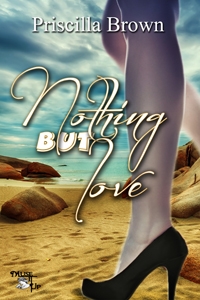 About the Author:
About the Author:
Since coming first in English in Primary School, Priscilla resolved language would be her future. She majored in Literary Studies and added a Diploma in Migrant Teaching (English as a Second Language). Creative writing always beckoned, and, over time, she collected a box full of story ideas: a notebook crammed with fragments of dialog mostly garnered from eavesdropping in cafes; observations of people again from cafes and also public transport; pictures from magazines of potential characters and settings; possible names and titles. Moving house proved the catalyst for turning this hoard into “proper” stories. Packing, she spent too much time browsing through the box, and as soon as her new desk was organized, she embarked on a fiction writing career. Priscilla lives in the Southern Highlands of New South Wales, where she does much listening, observing and writing over coffees in the many cafes.
